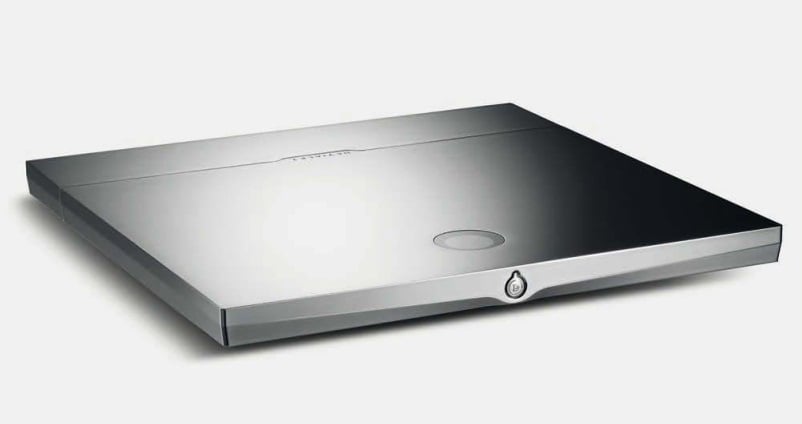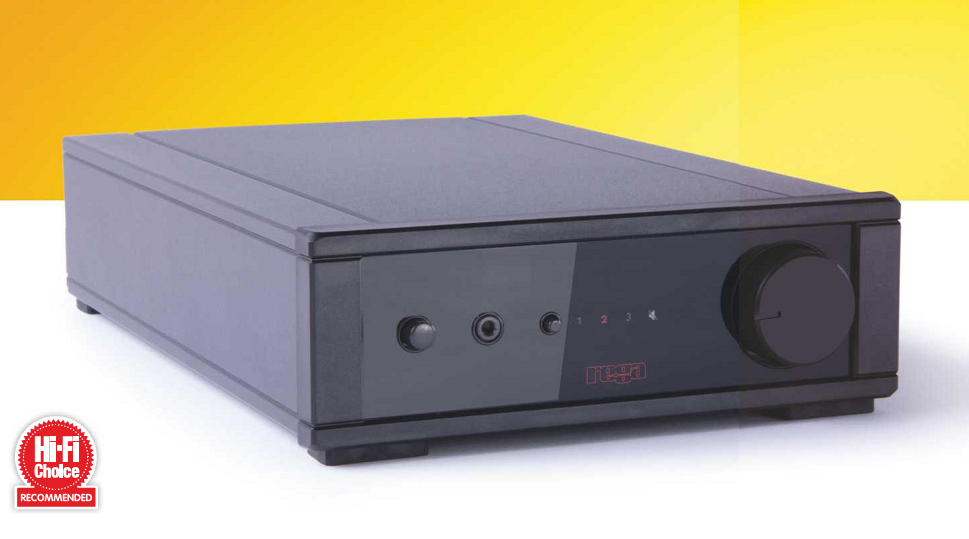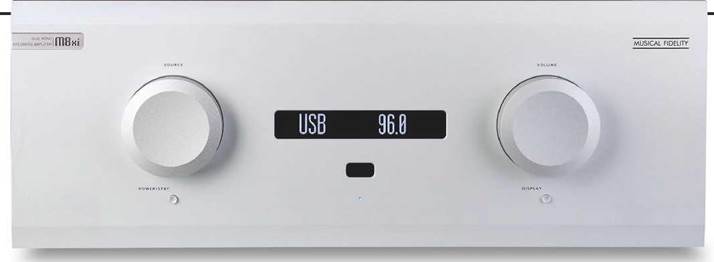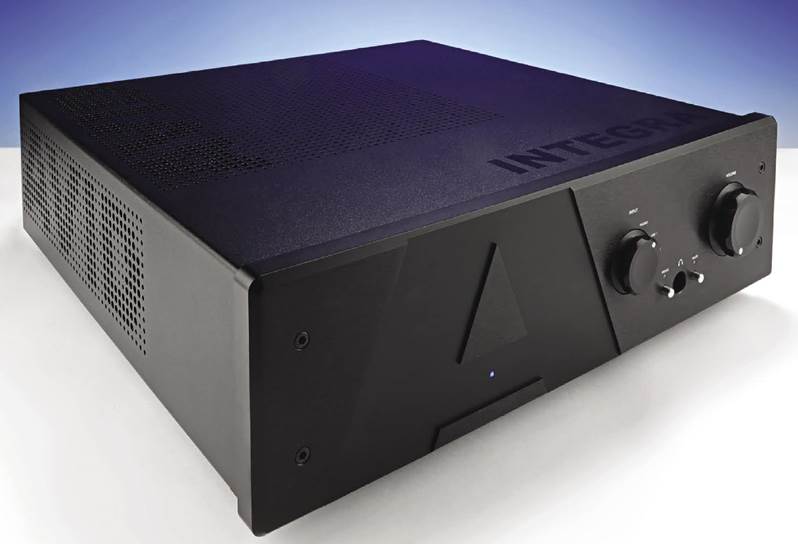Devialet 140 Expert Pro Review

As someone who has been watching the whole Devialet thing evolve over the last decade, it’s been one hell of a rush. The French company – started by a couple of ex-Nortel engineers with a clever amplifier circuit – quickly established itself as perhaps the finest example of disruptive technology in the audio business today.
by Alan Sircom
First with the D-Premier, and now with both the Phantom and the Expert series, Devialet continues to innovate, develop, and grow.

And now, where once we had Devialet Expert, we now have Expert Pro, which brings a whole swathe of new technologies and innovations to bear. And, as has been the case from the outset, owners of even the first models can upgrade to the latest Expert Pro technology. Few other brands treat their existing customers so well.
The big change in the move to ‘Pro’ is the new Core Infinity main board. However, to move to that new board requires a lot of heavy lifting on the Expert’s part. This is why owners of original D-Premier models needed to periodically put their devices in for upgrades, so they wouldn’t be left out of the loop for future developments.
Core Infinity is, in fact, the largest change to the Devialet platform since that platform first emerged. It redraws the amplifiers basic Class ADH (‘Class A/Class D Hybrid’) technology at a pretty fundamental level by introducing new Class A voltage amplifier, a new 10-bit current-sensor circuit, and a new Class D current amplifier… and redraws the basic Class A/D algorithm. That’s not a stylistic change… that’s a whole new engine.
There’s more, but let’s focus on that a little first. The move from eight- to ten-bit current-sensor improves the precision of the handover from current amp to voltage amp, and that coupled with more efficient and responsive code controlling the whole ADH circuit means a lot lower distortion figures.

“This may be gilding the lily, as the distortion and signal-to-noise ratio of the Expert was already at world-class low levels.”
► The original Magic Wire D/A conversion circuit has also come under scrutiny in Core Infinity, which itself brings a 6dB improvement in THD and a 2.5dB drop in noise floor. This may be gilding the lily, as the distortion and signal-to-noise ratio of the Expert was already at world-class low levels, but this too represents some of the most significant changes to the basic Devialet core since its launch. All of these changes form what Devialet calls ‘ADH Intelligence.’
In fact, many of these developments (especially in the Class D amplifier) were seen in the strictly limited Original d’ Atelier model, but the collective changes eclipse even that design. In fact, the Core Infinity board is one of those technologies that would have been impossible to implement at the time of the original launch of the D-Premier, and prohibitively expensive at the launch of the Expert line, but such is the rate of change in electronics technology that it can be introduced here. AXD is the company’s latest acronym, and it requires suitably-equipped Expert Pro amps to realise. As it stands for Active X-over Design, it also requires a loudspeaker that is both known to Devialet and is in fully active form. This would require getting a pair of loudspeakers we don’t currently have, and several additional Expert Pro amps that we also don’t have to hand, but this is the next step in the company’s Speaker Active Matching… and we could do that with the Wilson Duette II.
As before, the Devialet Expert Pro relies on the on-line configurator to establish who talks to what, and this is stored as a small file on a supplied SD card that sits round the back of the Expert Pro chassis. Configuration is easy, especially as Devialet stores an ever-expanding list of cartridges and loudspeakers, and their key characteristics can be programmed into your Expert Pro with little more than a drop-down menu. Or, in the case of the cartridge, you can enter its parameters manually.
As before, this leads to discussions about Devialet’s Record Active Matching system, which both optimises the cartridge loading and amplifier, and also digitises the LP input at source (to 192kHz precision). Equalisation is then performed in the digital domain, and this allows some of the lessons learned in the Lost Recordings to shine through, as the Devialet has highly adjustable curves. It’s even possible to adjust those curves on-the-fly, via the RAM menu on the front display, which can be accessed via the super-elegant remote handset.
Core Infinity also unlocks some new wireless technologies, most notably Roon across Devialet AIR, AirPlay, SpotifyConnect, and UPnP. Truth be told, AIR has always been something of a weak spot in the Devialet chainmail, and while drastically improved, it still remains perhaps the one part of the whole Devialet package that could benefit from some improvement. That being said, Apple went through a fairly hefty Operating System update mid-way through the review, and there are many companies playing catch up. AIR, to its credit, remained stable and unfazed by all of this.
► We were loaned the Expert 140 Pro, which is the ideal ‘UK domestic’ model. The bigger Expert 220 Pro, and the biggest Expert 250 Pro bring more power to the game (and in the case of the 250 Pro, the original D-Premier chassis), but are otherwise functionally identical, rather than good-better- best options.
The new Core Infinity board completely changes the performance of the Expert. This is a more accurate, precise, and focused sound, which is saying a lot given that these were the same attributes for which the Expert was famous. The Core Infinity board takes those attributes and pushes them to their detail-driven logical conclusion. This is an exceptionally detailed presentation; if playing an orchestral work of old and one of the tubes on a microphone preamplifier is on the way out, you’ll know. If you want to know why Brad Paisley and others cling to their Ken Fisher designed Trainwreck amps, you’ll hear the difference the rectifier circuit makes, and find it easy to identify and differentiate from the more common (and more affordable) Fender amp/stomp box pretenders. That’s the sort of detail the Expert Pro puts out.
While SAM might tame some of the more wild beasts that creates, bear in mind that the detail of the Expert 140 Pro coupled to the wrong loudspeakers could be too detailed. And, it must be said, the latest Devialet platform is all about the speed – rather than the pace – of delivery. You get all the leading- edge detail and remarkable transparency, and no aspect of the performance is accented. But that includes the rhythm, and that might upset those who listen to a sound directed toward almost imperceptible timing changes.
As with previous iterations of Devialet products, I find myself looking less to rock and more to baroque. That’s not a function of the amplifier tailoring the presentation, but a ‘I wonder how that will sound?’ enquiring mind seeking out detail. And, sure enough, Bach is played with rare insight; Cazals fantastic Cello Suites [Archiv LP] renditions may have arguably been technically eclipsed, but the performance is one of the true masterworks of the 20th Century, and here you get to hear every last finger scrape and even the most subtle ornamentation. It’s that precision that draws you in.
The change is also deceptively potent. If you think you have become adept at spotting where Class A ends and Class D begins, the new Core Infinity shifts the goal-posts and no matter what you try, you just can’t hear that point of inflection (some will ‘hear’ it, all the same). However, where in the past you used to think you were listening to a huge Class A amplifier (but without the heat), this time Devialet seems to have gone for the accuracy and linearity of Class A rather than its sweetness. Once again, that’s no bad thing, just a different set of priorities from the last iteration.
I can’t help feeling that Devialet’s biggest concern with the Expert Pro in all its guises is nothing to do with the performance. It is, in microcosm, an existential crisis endemic to the audio business entire: the lack of new blood. I suspect practically everyone who wanted a Devialet… has one by now, and the number of new people coming along to buy a new Expert 140 Pro is dwindling. Sure, Devialet has got this covered with the Phantom, but I’m not sure if there will be many converts from Phantom to Expert in reality. Core Infinity is an outstanding step- change for Devialet, but I can’t help but think most people who will get to hear it will do so on an Expert model they may have bought half a decade ago. And if Devialet can’t get new people buying its product, who can?
I don’t want to end on a down note because that’s not what the Expert 140 Pro deserves. This is an exciting product, made all the more exciting by the Core Infinity updates. Devialet has made a huge change to its product in the shape of Core Infinity, and it makes the amplifier lead the field in detail retrieval and precision once more. Existing Export owners should make sure their system isn’t pitched into brightness before committing to an upgrade, because they will find the amount of detail on offer an intense experience. But, many will make the change, and make changes to the system because that’s how good the Expert 140 Pro really is.
TECHNICAL SPECIFICATIONS
Type: Integrated digital amplifier
Connections: 1 x Optical Toslink, 1 x combined Optical Jack & RS232 Mini 3.5mm, 1 x USB for computer or USB-fitted turntable connection, 1 x Ethernet RJ45 for connection to LAN, 4x S/PDIF digital inputs on RCA (or two analogue line level inputs), 1 x Phono input – Adjustable Gain and sampling frequency (96 or 192KHz, fully configurable, MM or MC, load, sensitivity, 1953 or 1976 RIAA as standard, 13 additional EQ curves available with on the fly toggle from RAM menu), 1 x trigger, speaker terminals and subwoofer output. Optional stereo pre-out
Power output: 2x 140W into six ohms, adjustable from 50-140 via online configurator
THD+N (harmonic distortion) at full power: 0.0005%
SNR (Signal-to-Noise ratio): 130 dB unweighted Bandwidth, digital inputs @ 8 to 2 Ohm toad: DC-87kHz (-3dB), DC-60kHz (-1 dB), DC-30kHz (-0.1 dB); analogue inputs: same except 0.1 Hz (-3dB)
Dark Chrome finish, single aluminium block case Dimensions (WxDxH): 38.3 x 38.3 x 4cm Weight: 5.65kg
Manufactured by: Devialet
URL: www.devialet.com





